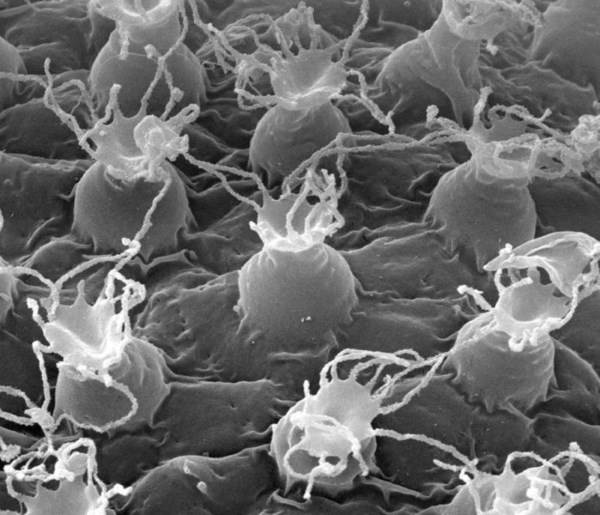Tardigrades, also known as water bears, are microscopic animals capable of surviving extreme conditions. Now, a team of researchers has identified a new species in Japan
He is about to end up run over, his mother saves himTardigrades, also known as water bears, are microscopic animals capable of surviving extreme conditions. Now, a team of researchers has identified a new species in Japan.
It is called Macrobiotus shonaicus. The working group described its distinctive features and how it relates to other species.
Daniel Stec of the Jagiellonian University, in Poland, together with his colleagues discovered a creature of the hufelandi group, Macrobiotus shonaicus native to eastern Asia. The researchers collected a sample of moss from a parking lot in Japan and examined it for just the tardigrades.
A lucky choice. Kazuharu Arakawa, one of the scientists who participated in the research, spotted a patch of moss on the parking lot outside his apartment. The identification of a new species in the sample confirms that Arakawa's instinct was right.
10 individuals were extracted from the sample, then used to start a laboratory culture. Through a series of complex microscopic examinations and analysis of the DNA for four molecular markers, they were able to characterize the new species and determine its position in the phylogenetic tree.

Gallery
To distinguish between different species of tardigrades, the researchers paid special attention to them egg. This new species of tardigrade has solid surface eggs. Furthermore, they also have flexible filaments, similar to those of two other recently described species, the Macrobiotus paulina dall'Africa and Macrobiotus polypiformis del Sud America.
The researchers' phylogenetic and morphological analysis identifies M. shonaicus as a new species within the complex M. hufelandi thus bringing the number of known tardigrade species in Japan to 168.
Why is knowing tardigrades important? A explain it is one of the authors of the research, Daniel Stec, on PlosOne.
“Recently, tardigrades have begun to be used as model organisms in a variety of studies ranging from axobiology, cell biology and development, physiology, evolutionary ecology and many other disciplines, in hopes of answering more questions. general. Tardigrades became very famous in popular culture thanks not only to their indisputable cuteness, but above all to their ability to enter cryptobiosis, a latent state in which virtually no metabolic activity can be detected. However, when dried or frozen tardigrades are supplied with liquid water, come back to life as if nothing ever happened. This ability to withstand harsh conditions and to suspend their lives inspired researchers. Who knows, maybe one day, thanks to tardigrades, we will be able to preserve organs for transplantation, extend our life, or travel to other planets and stars, without worrying about the harmful effects of cosmic radiation. "
READ also:
- Water bears, the only creatures capable of surviving (almost) any catastrophe
Until recently, tardigrades were thought to belong to a single species, M. Hufelandi. We now know that this is not the case and that despite their infinitely small world, variety is certainly not lacking.
Francesca Mancuso


























